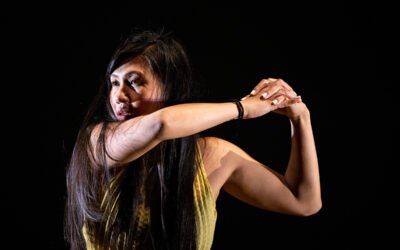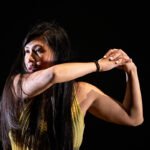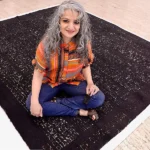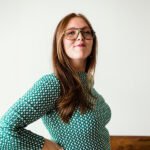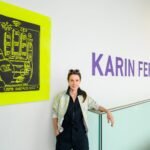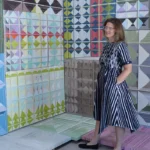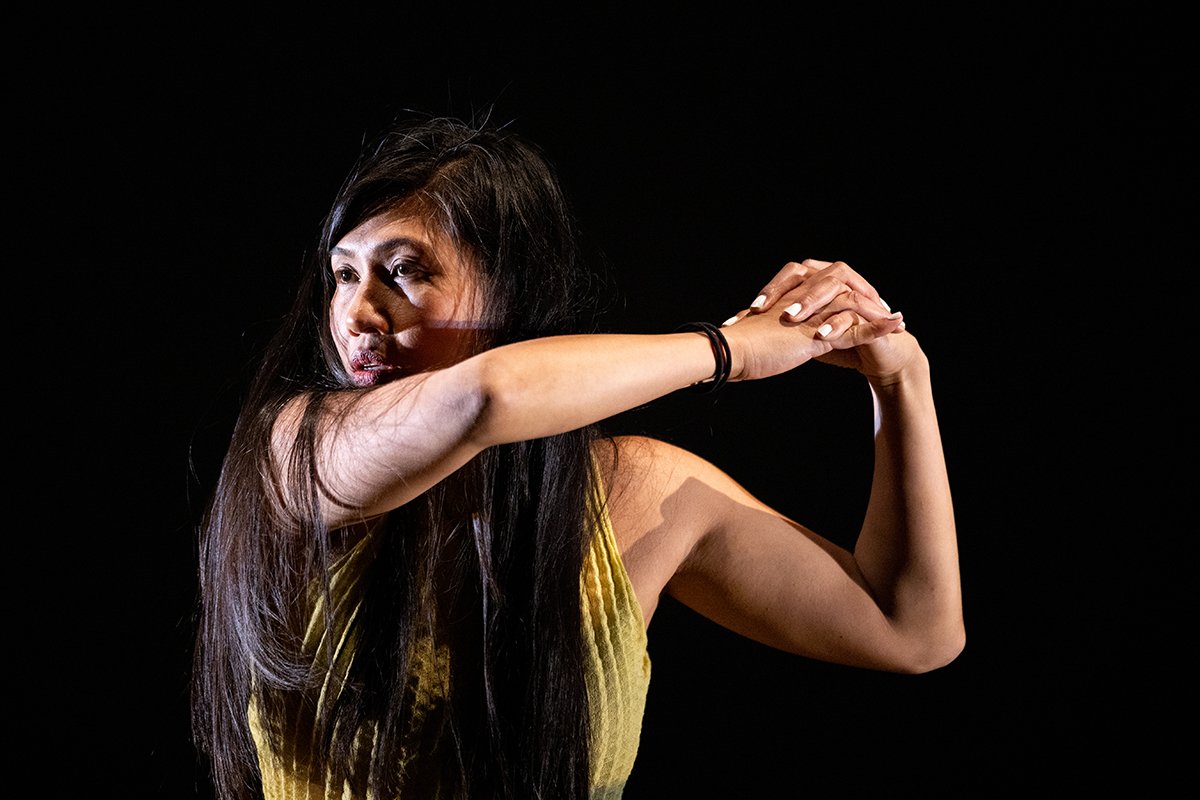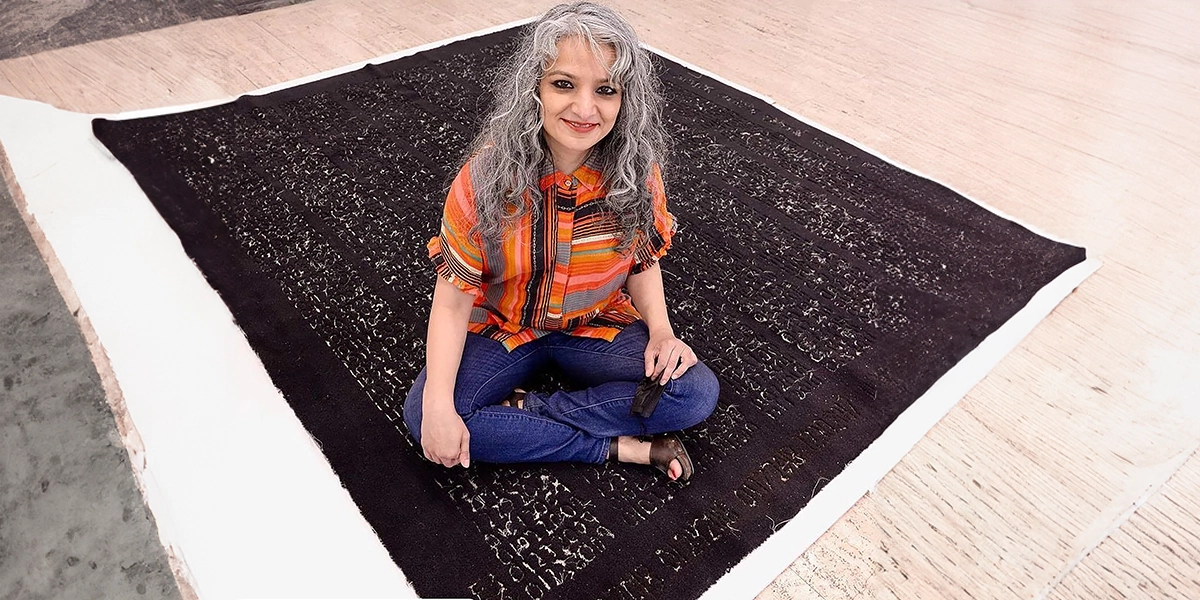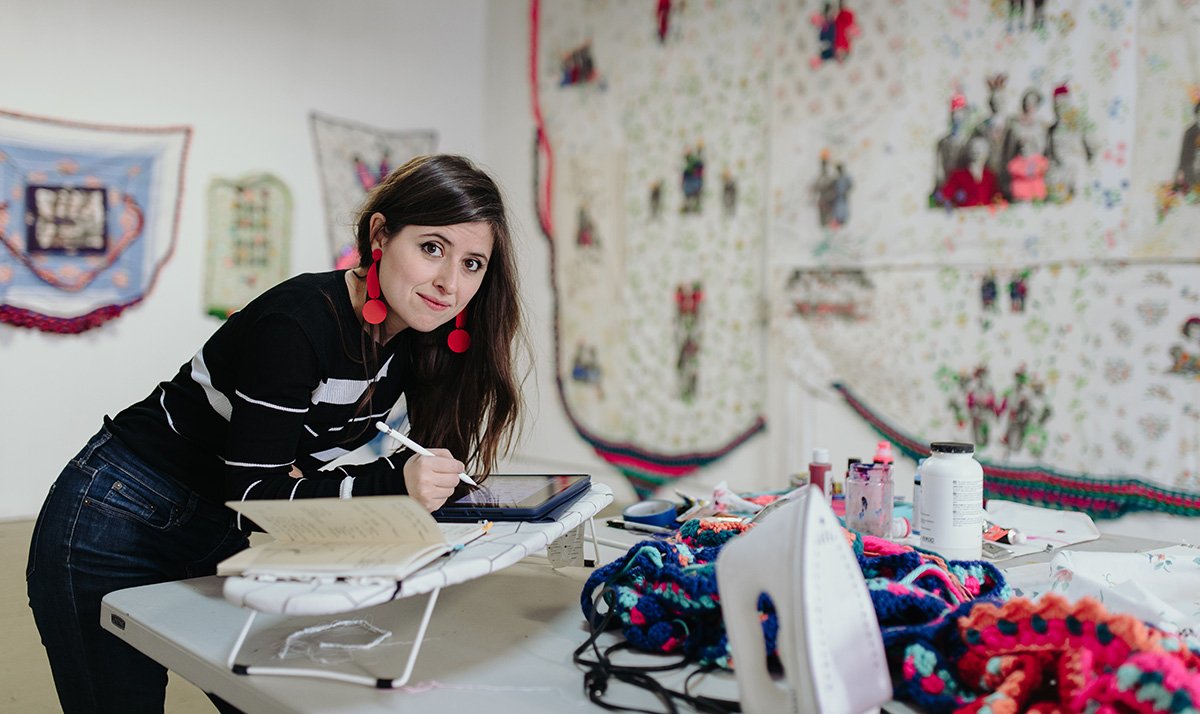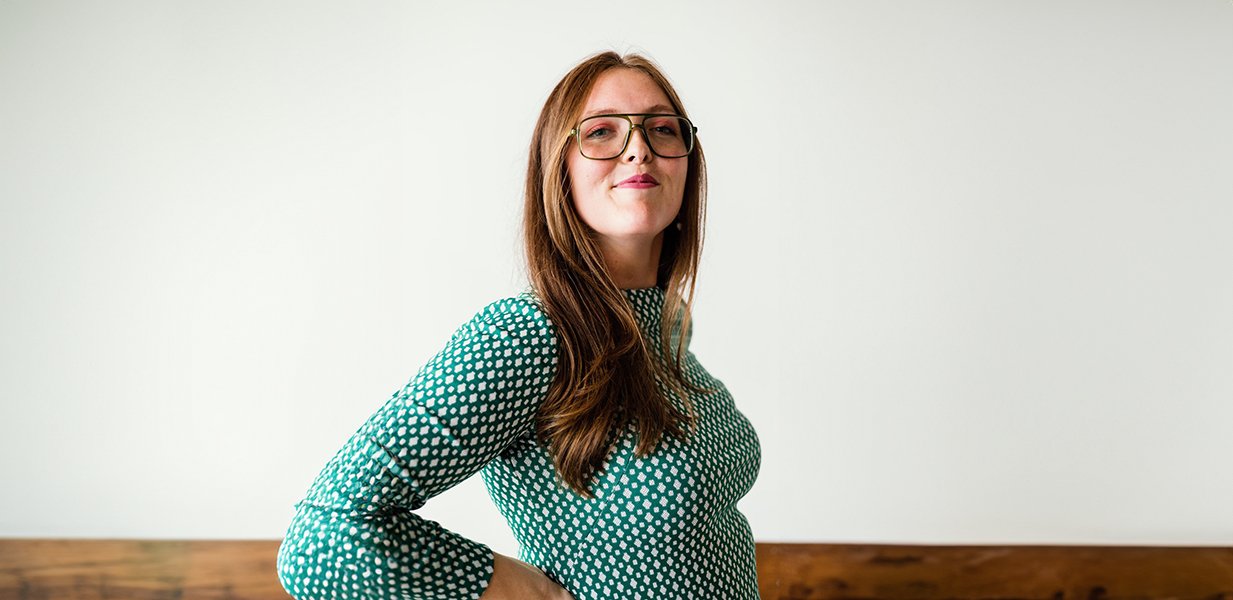Beyond the Borders – Danica Dakić on Art and Displacement
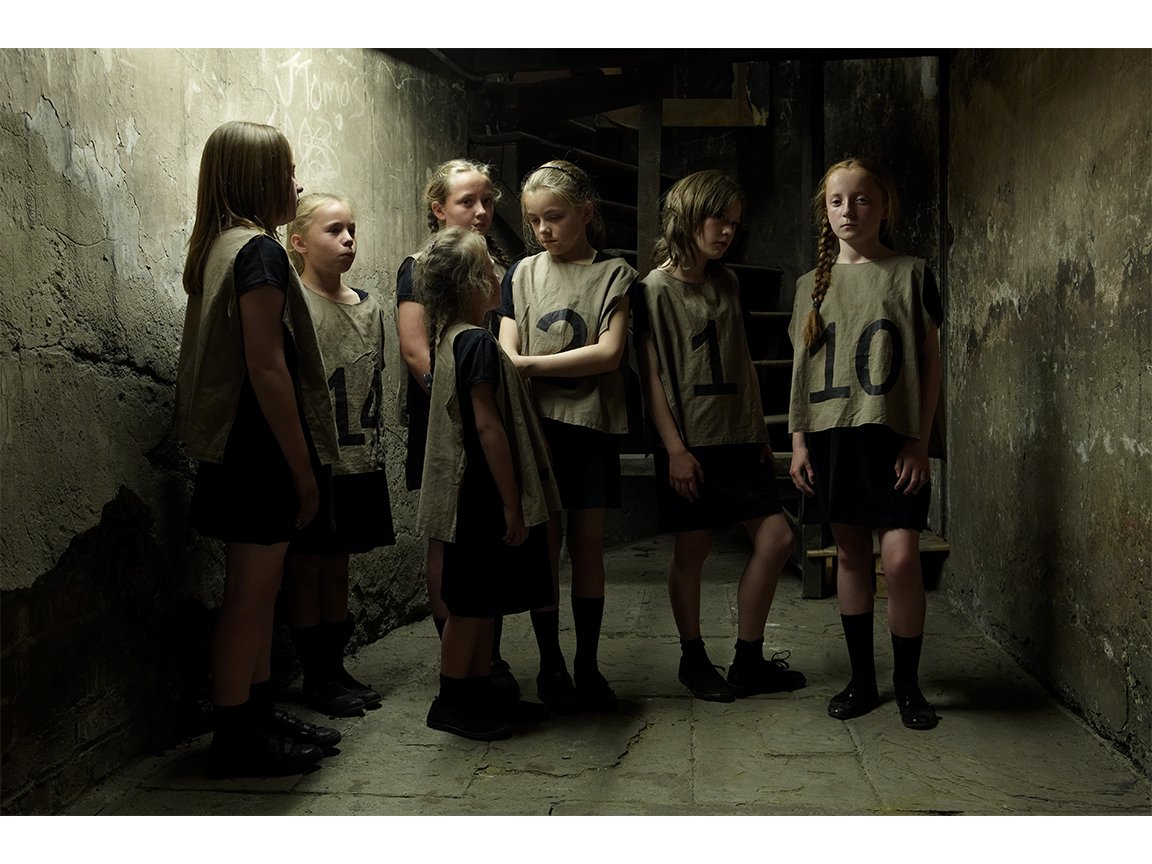
How war and disconnection shaped an artist’s vision of individuality within larger societal structures
Danica Dakić reflects on how war and displacement shaped her art, discussing her use of various mediums to explore identity, collectivity, and the disconnection between personal experience and public narratives.
Danica Dakić is a visionary artist whose work masterfully navigates the complex intersections of identity, memory, and the collective experience. With a career spanning decades and mediums, Dakić has become renowned for her innovative use of video, sound, sculpture, and installation to explore themes of displacement, war, and the tension between individuality and community. Her work delves deeply into the relationship between personal history and public narratives, particularly in moments of conflict. Having lived through the siege of Sarajevo and the war in Bosnia, her personal experiences are woven into the broader social and historical contexts she examines, though never in a straightforward or autobiographical manner. Instead, Dakić invites audiences into immersive, multi-sensory worlds where the boundaries between reality, media representation, and lived experience blur.
In this interview for Mosaic Digest, Dakić opens up about how her artistic vision evolved during her time in isolation and disconnection, the transformative impact of the Bosnian war, and her ongoing engagement with themes of media opacity and collective identity. Her work, like the monumental installation Blaues Auge (1996) and the deeply resonant video project Grand Organ (2010), challenges us to think critically about the role of art in reflecting, shaping, and sometimes distorting the ways we understand conflict, justice, and community. Danica Dakić’s practice is a profound meditation on the power of images, performance, and sound to reveal—and sometimes conceal—the truths of our shared human experience.
Dakić’s work transcends mediums, brilliantly capturing the tensions of identity and history with profound insight and creative depth.
Your practice underwent a significant shift during the war in Bosnia and the siege of Sarajevo. How did this period of isolation and disconnection shape your artistic vision?
The war had a strong influence on my life and my art. The questioning of the meaning and function of art led to new themes, new media and new ways of working. In works like Blaues Auge, you explored themes of communication and media opacity.
How do you see the role of art in addressing the disconnection between personal experience and public narratives, particularly in times of conflict?
I came to Düsseldorf to study three years before the war in Bosnia-Herzegovina. I stayed in Germany during the siege of Sarajevo. All contact with my family and friends in Sarajevo was cut off for almost four years. It was a hard experience for me. It was only the media images that gave me the idea that something still existed in my “homeland”, and so I began to collect them. The idea of turning this personal archive into a work came later. The installation Blaues Auge (1996) was the result: thousands of these newspaper photos and headlines, collaged on transparent foil, covered the huge windows of the exhibition space, preventing the view from the inside to the outside and vice versa. The disconnect between the narratives constructed by the media and personal experience is something that has occupied me artistically ever since.
Your video installation for the Touched commission at St George’s Hall explores the interplay between justice, performance, and music. How did you conceptualize the relationship between the legal system and spectacle, and what inspired your focus on polyphony and childhood?
The video installation Grand Organ (2010) was inspired by the majestic organ at St. George’s Hall in Liverpool. The building, an imposing example of neoclassical architecture – with its courthouse, prison cells, and concert hall – became a setting for a tale of power and subject, crime and punishment, innocence and condemnation, individual and community, performed by children and young people of three local choirs: boys of Metropolitan cathedral choir, girls from the Liverpool Signing choir, and the “Sparrows” of the “Sparrow hall”. The focus on polyphony and childhood was particularly evident at the tonal level. Composer Bojan Vuletić, who created the sound design for the Grand Organ, reversed the roles of man and instrument by transforming the boys’ choir in his composition into an organ with human pipe voices.
You’ve experimented with various mediums over the years, from painting to video, sound, and text. What drives your choice of medium for a particular project, and how does the medium influence the narrative or message you wish to convey?
I am an „image maker“. I believe in images and their power. My works, which have become videos, films, audio installations, sculptures or photographs, are images that cannot be experienced in other media.
Your work often engages with historical and social contexts, particularly in relation to identity and collectivity. How do your own experiences as someone deeply affected by war and displacement inform your exploration of these themes?
It is true that artists draw on their own experiences, but biographical events, things I have experienced, rarely find their way directly into my work. The artistic process is much more complex. My work speaks of experiences that are important to many people: mobility, migration, living in multiple languages and cultures, but also questions about the perception of the global present.
Your art frequently examines the idea of individuality versus collectivity, as seen in the allegorical references to music and law in Grand Organ. How do you see the role of the individual within larger societal structures, and how do you explore this tension in your works?
The role of the individual within larger societal structures can be explored artistically in many ways. I explore this tension in my work on the visual, acoustic, performative, and emotional levels.

